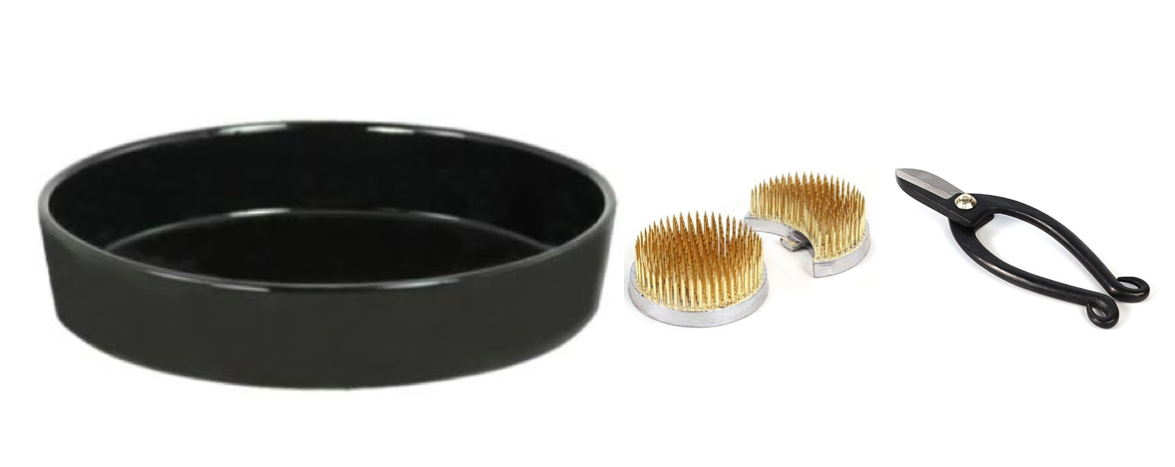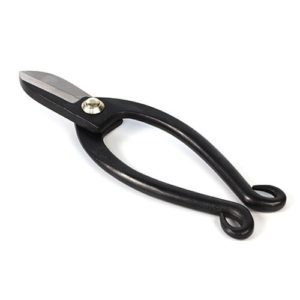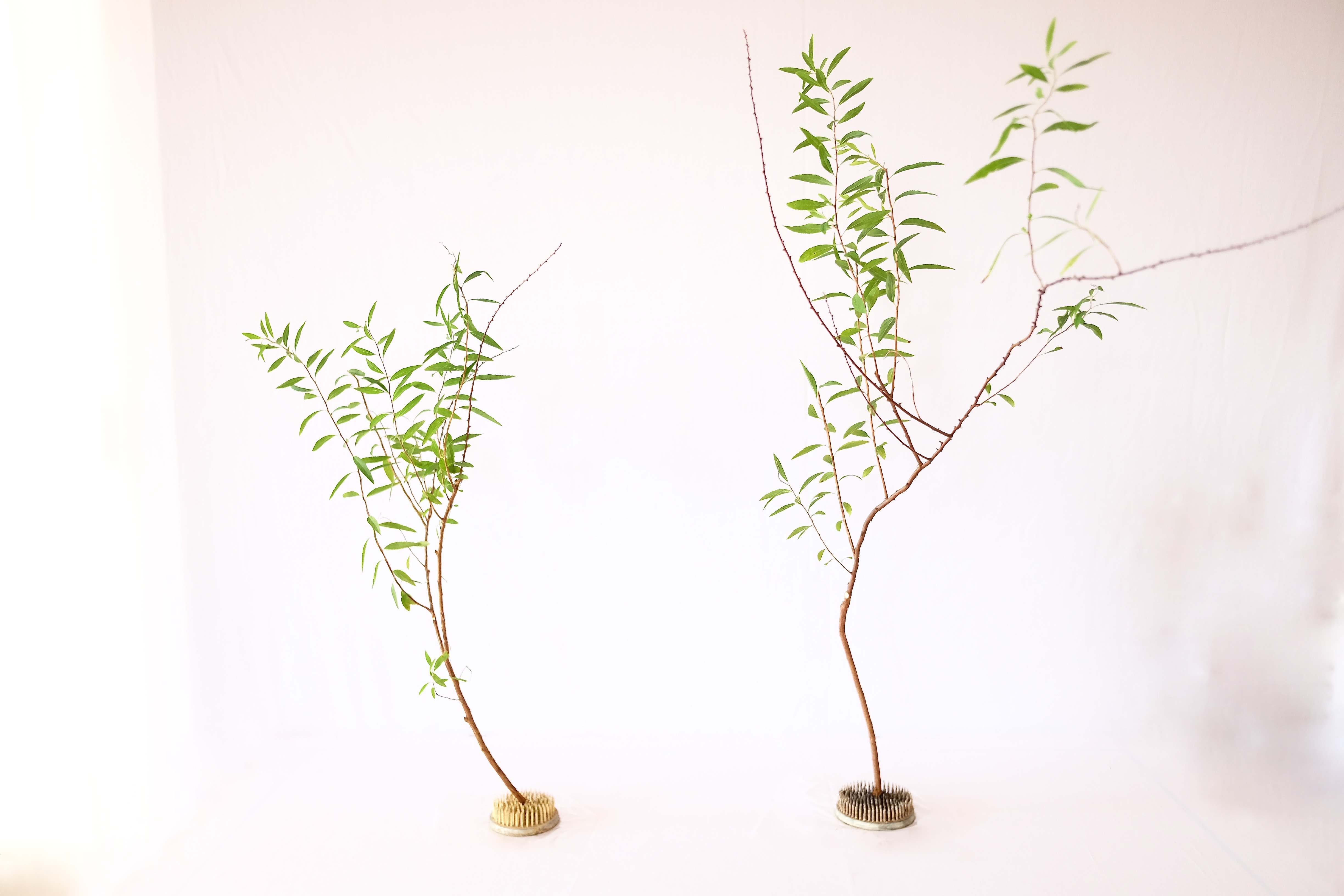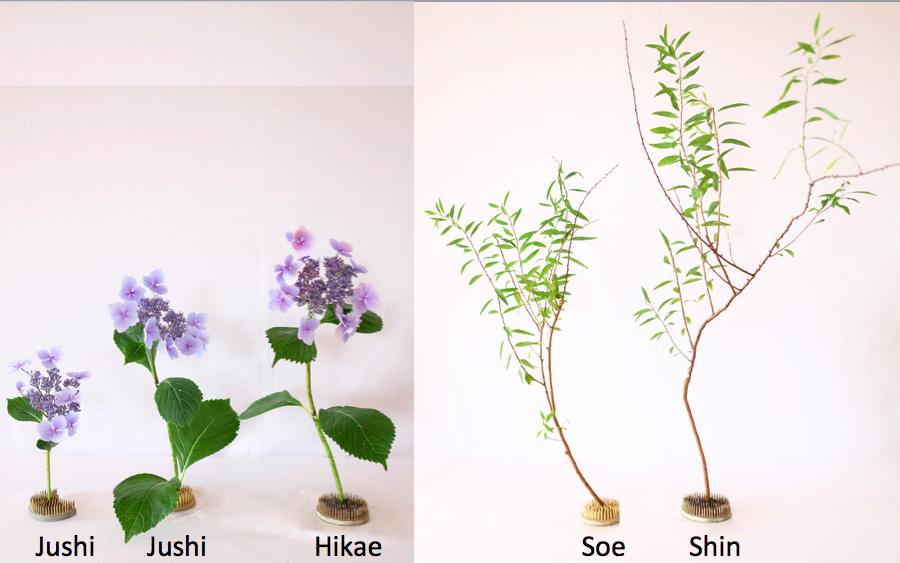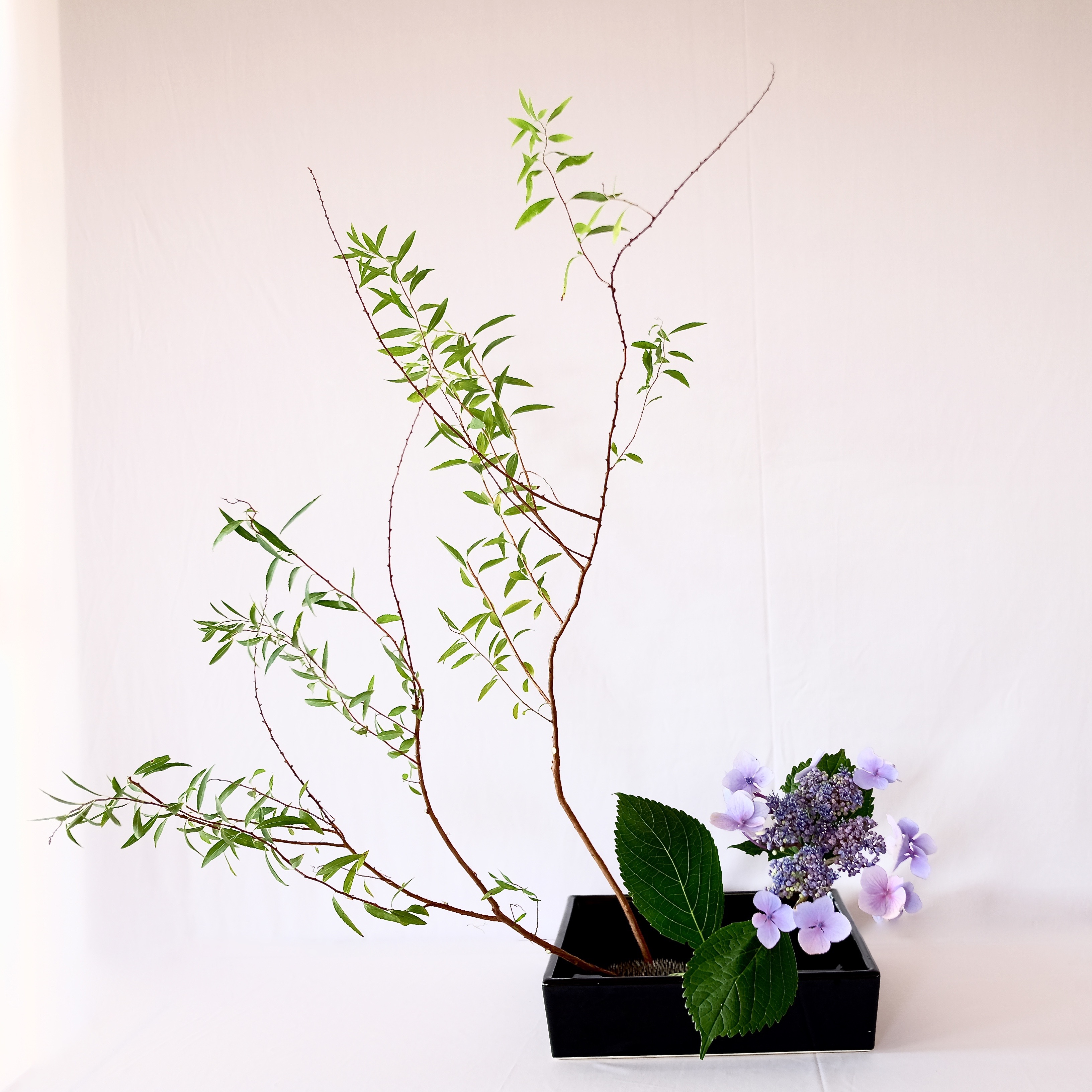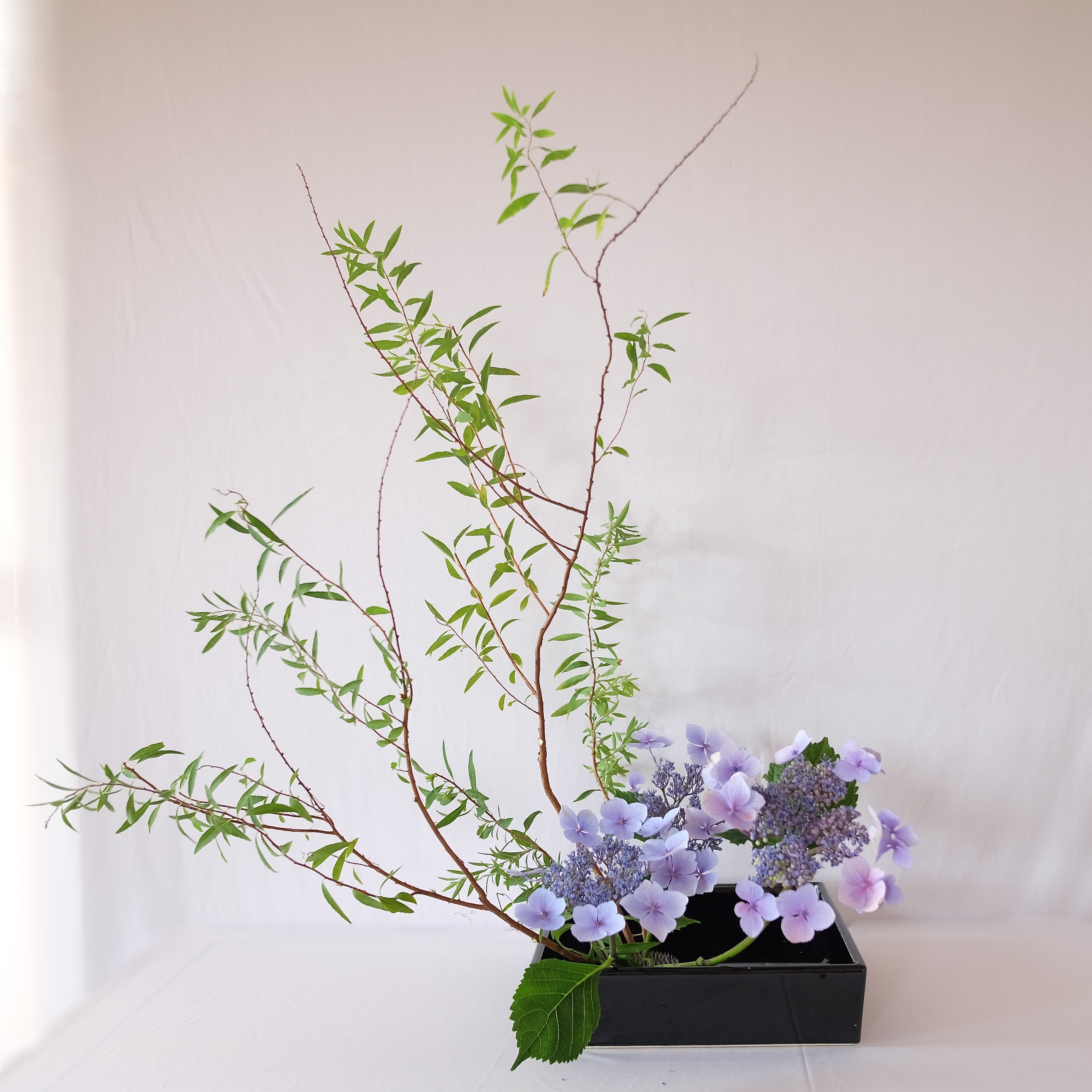Of course you know that fresh flowers won’t last forever. They are not dry, nor are they preserved. They look beautiful on the first day, but the next day they may be wilted.
But of course you want the flowers to last as long as they can. What can you do to make them flowers last longer?
Why Cut Flower Stems under Water
The simplest, but most effective way to make your beautiful flowers last longer is to cut stems under water.
The vascular system of plants transports water and nutrients from the roots to the leaves upward. When the stem is cut, this vascular system is truncated. The air may be drawn into the stem and creating the air pocket and blocking the water absorption.
If you bought the cut flowers at the flower shop, they were most likely transported dry. With the air pocket in the stem, the plant won’t be able to absorb water even if there is water in the vase.
When you cut the stem under water, you prevent creating the air pocket, so that the flowers can continue to absorb water from the vase.
How to Cut Flower Stems under Water
When arranging flowers, right before placing each flower, cut the stem under water, half an inch or so. You may want to cut a couple of times for each stem.
If you don’t arrange flowers right away after bringing them home, cut each stem under water and then keep them in the water until you make an arrangement. When you arrange flowers, don’t forget to cut stems under water again.
For some plants (like wisteria), you may want to dip the stem edge into alcohol. For other plants (like poinsettia), you may want to briefly burn the edge. For most of the flowers, however, cutting the stems under water will help prolong the life.
To avoid your scissors from rusting, don’t forget to wipe out water after cutting the stems under water. A small towel comes handy, so keep it together with your scissors.
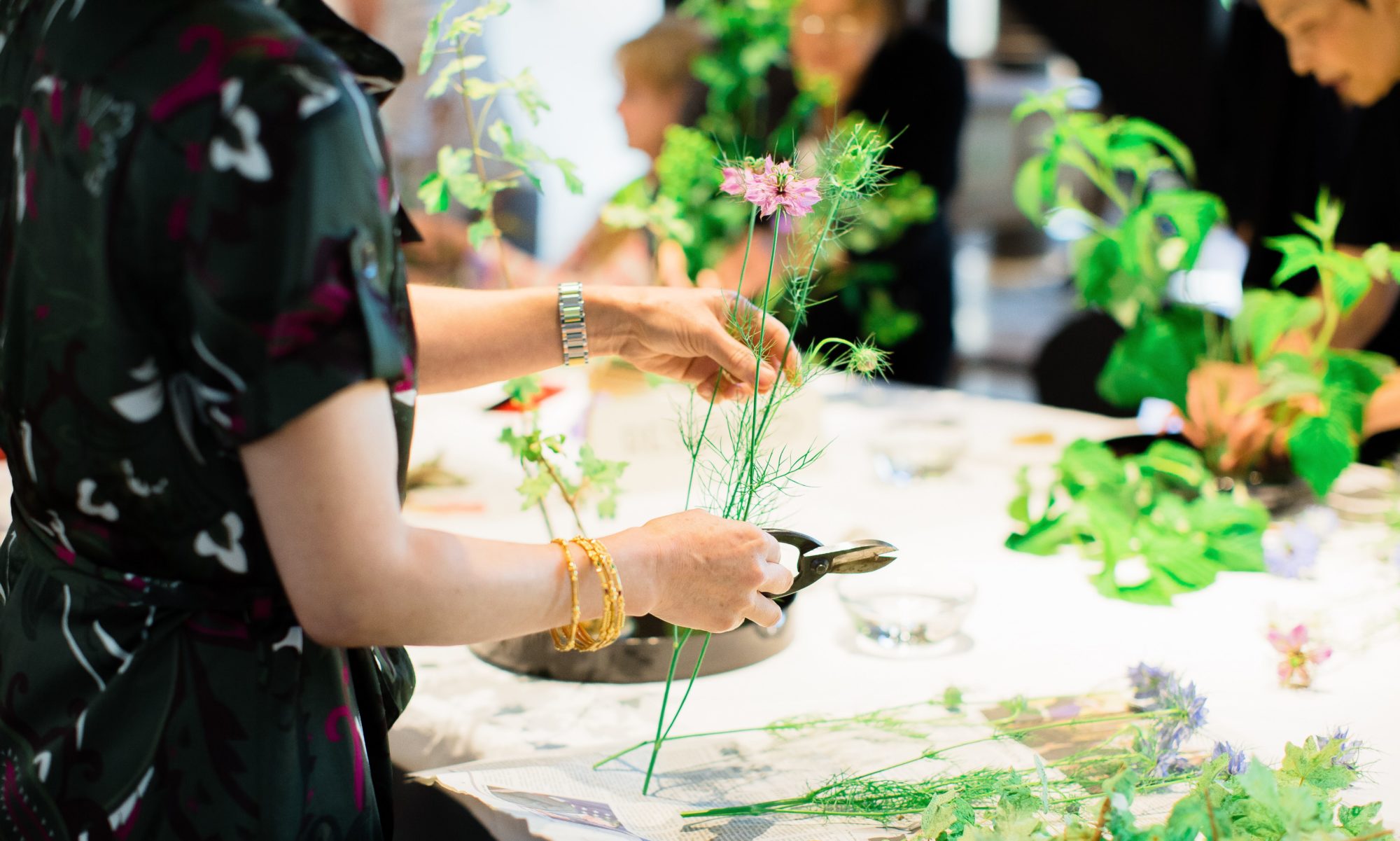

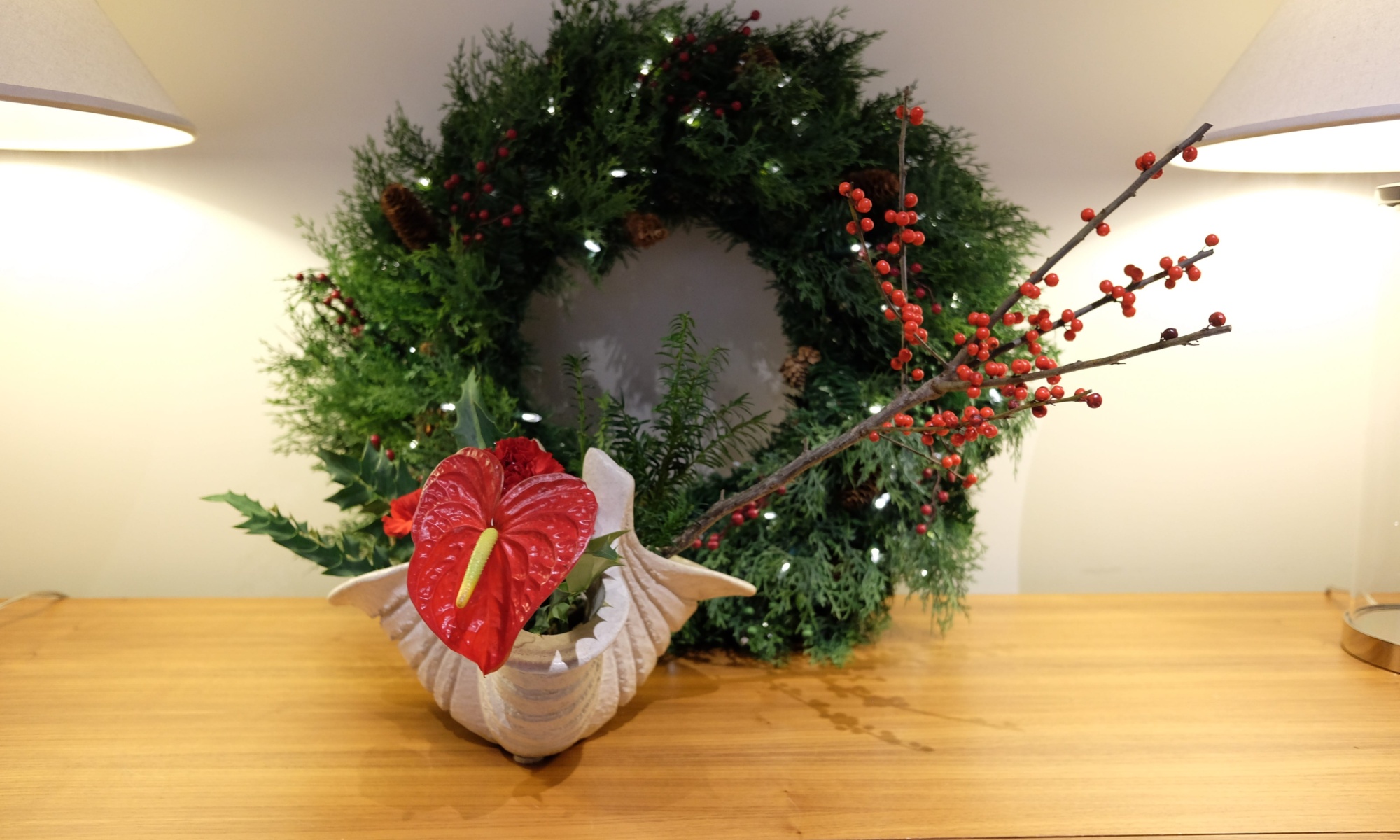
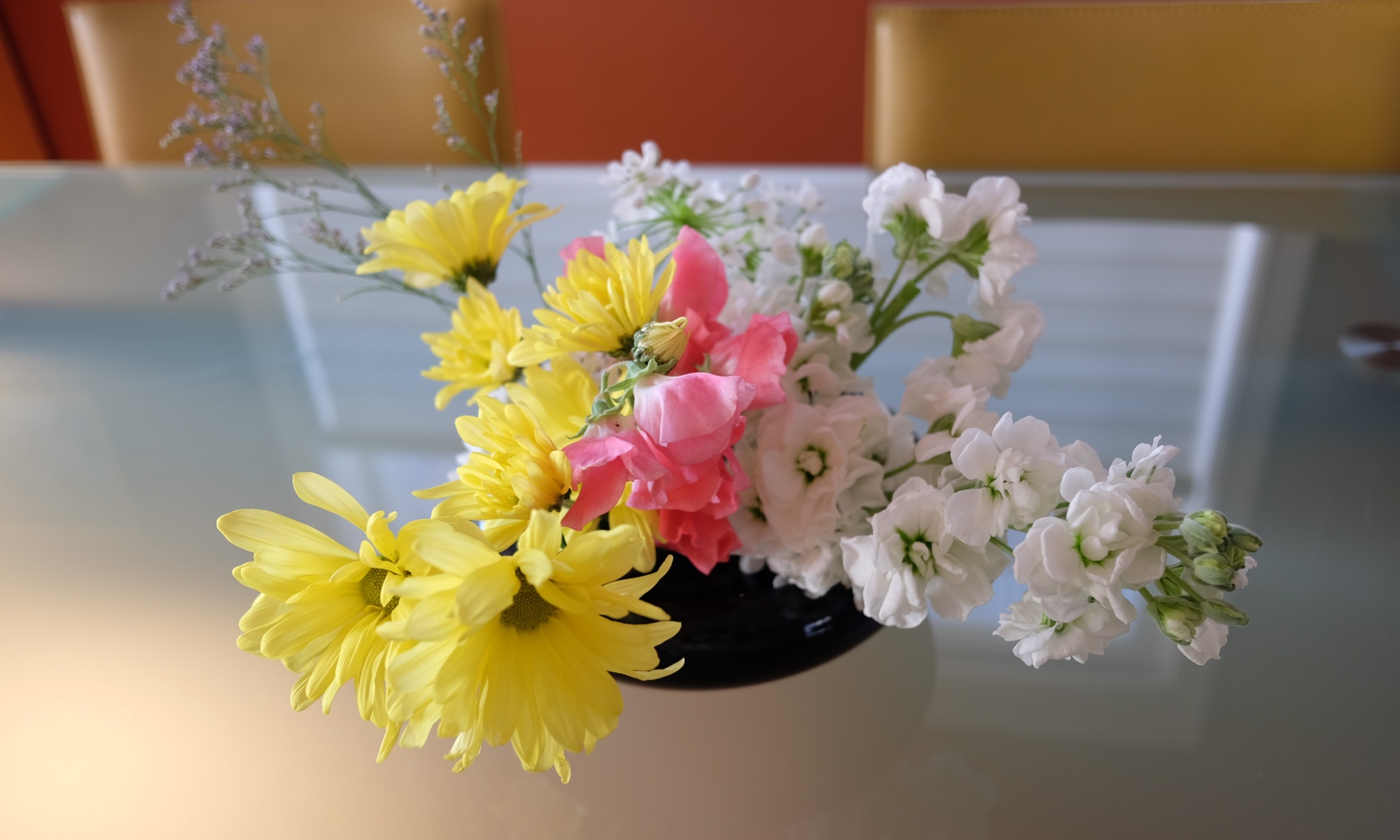
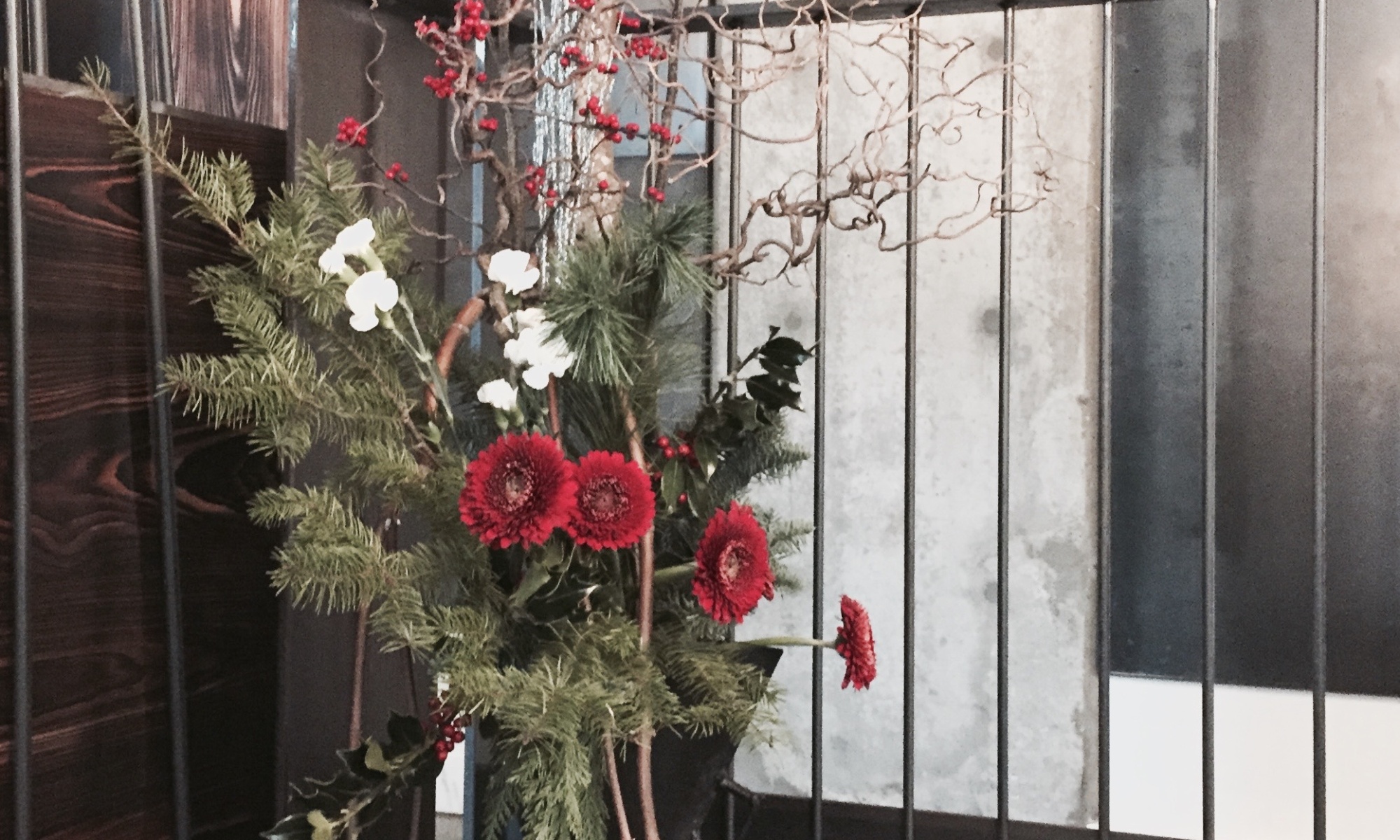
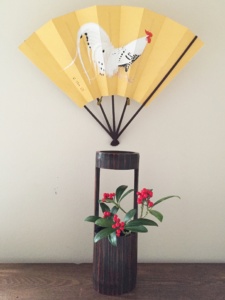
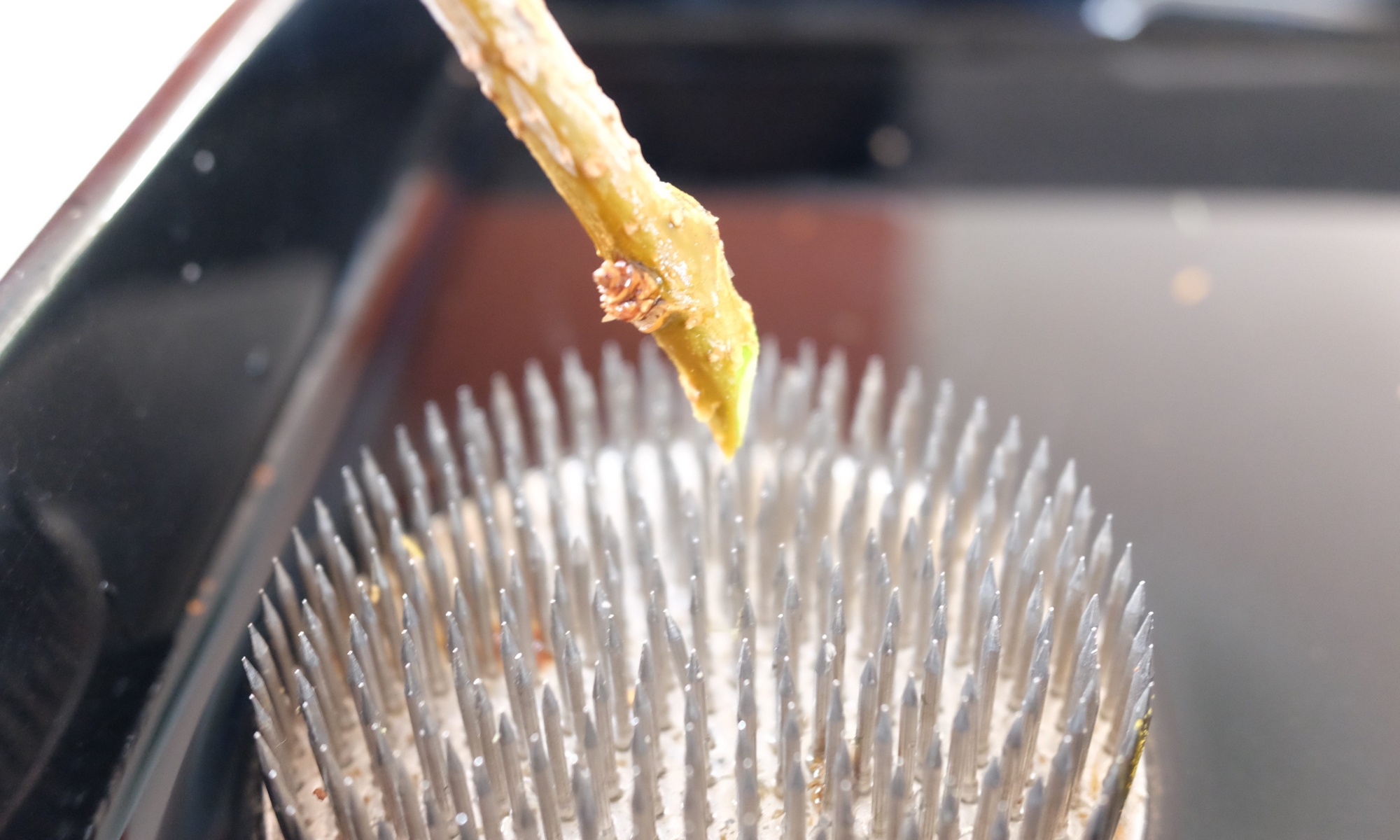
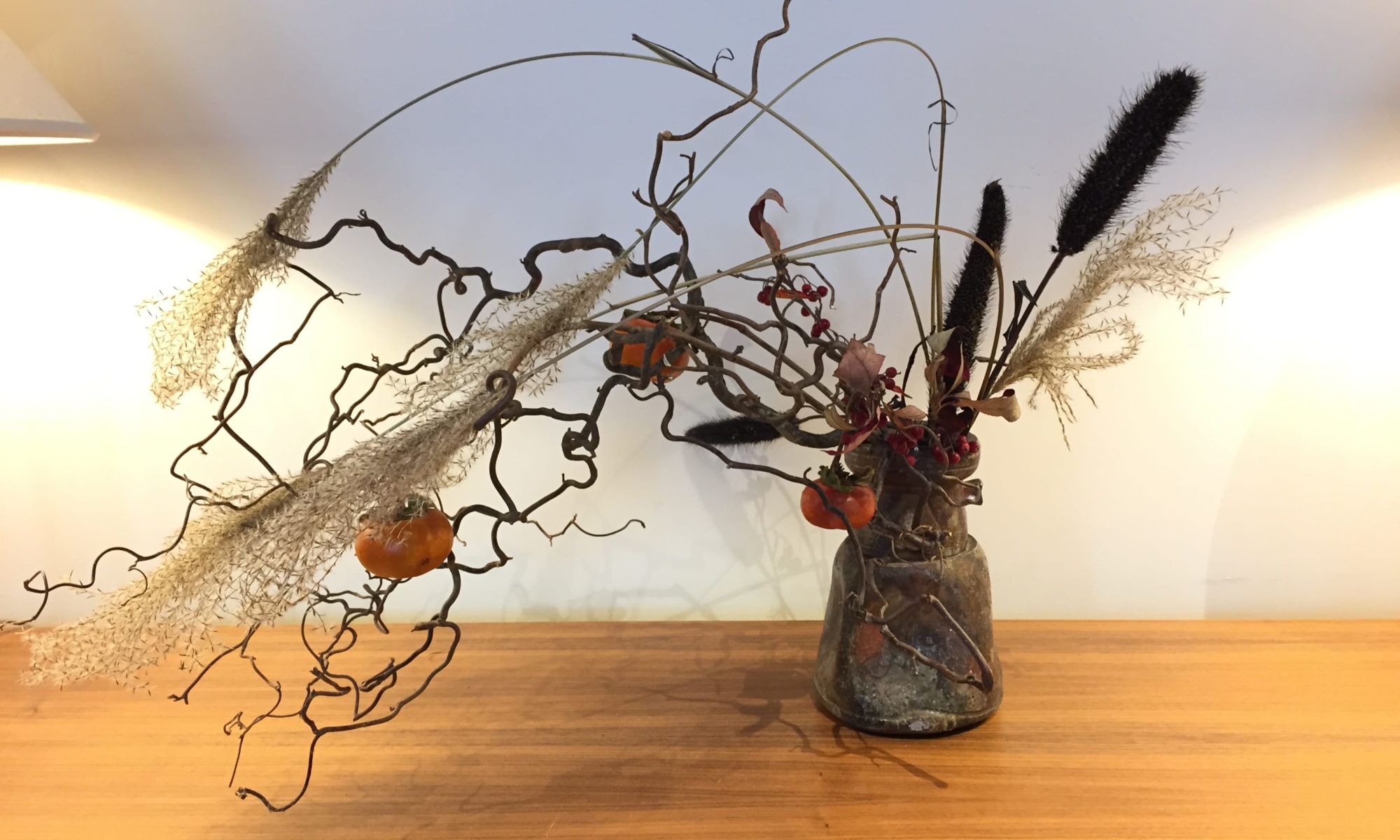
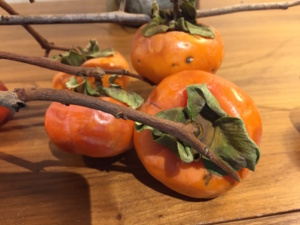
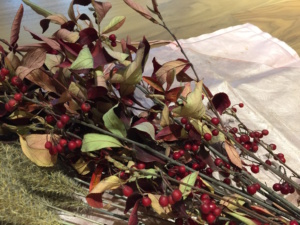

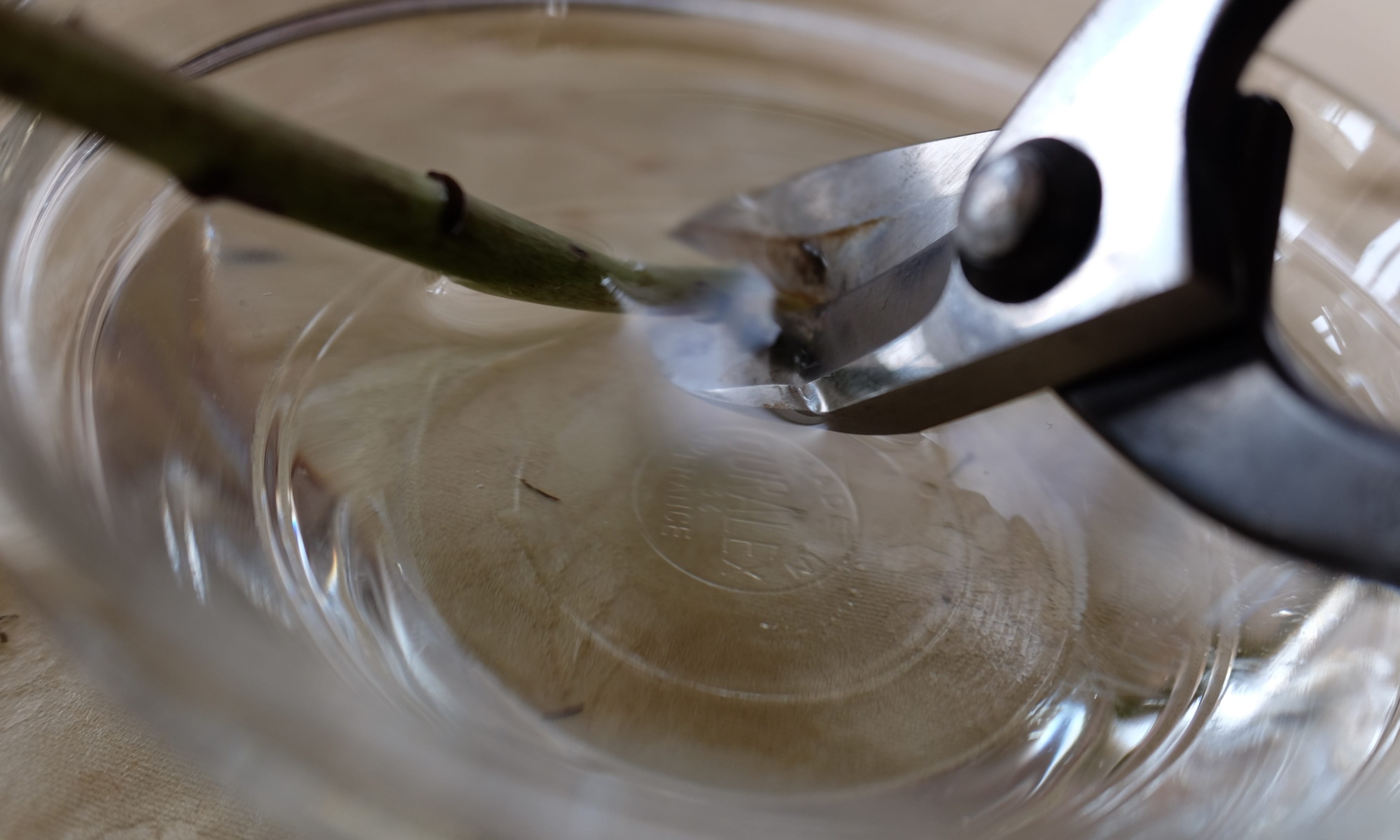
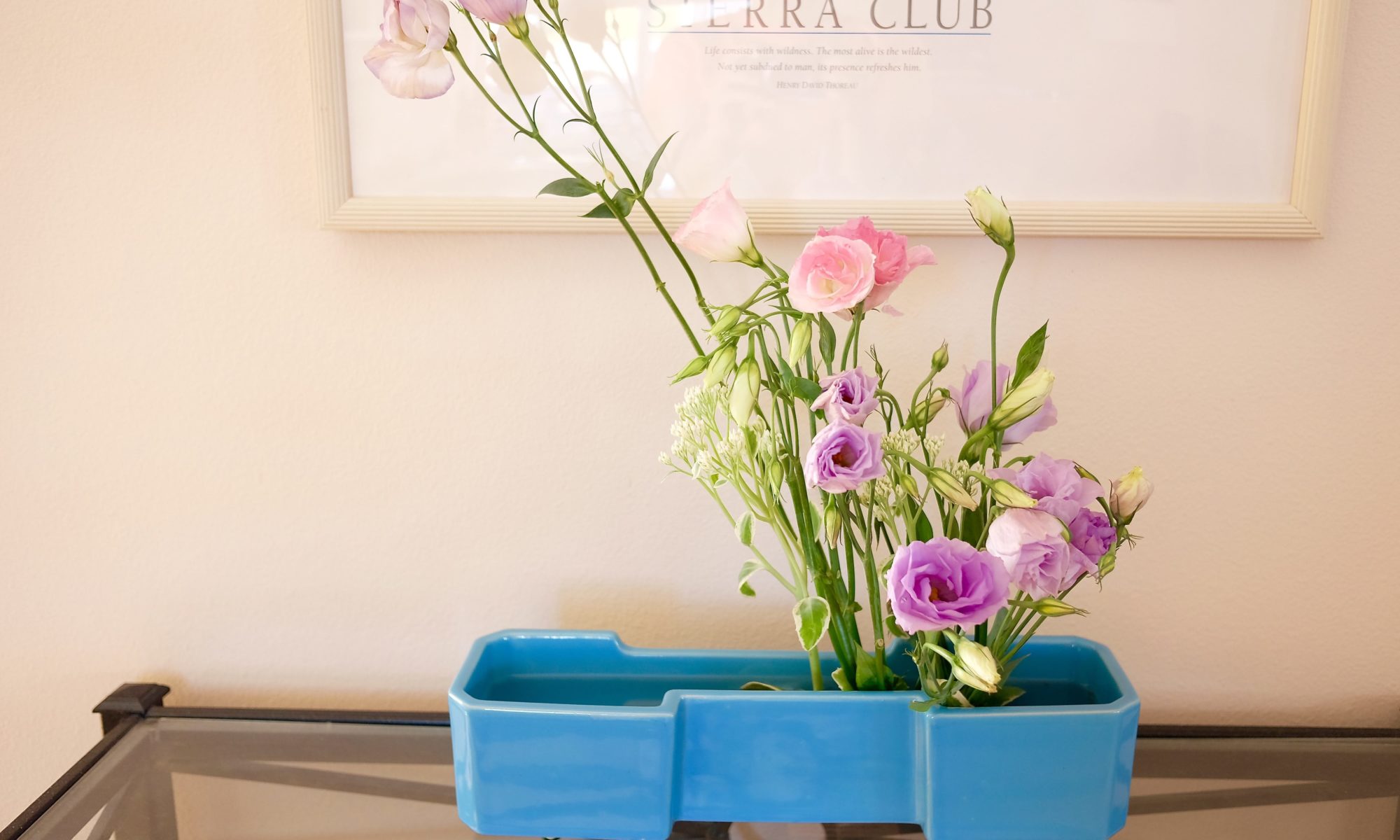
 With flowers
With flowers


